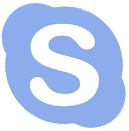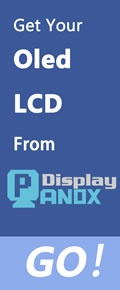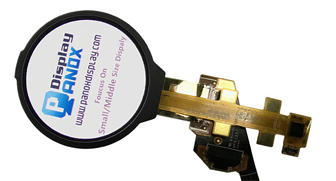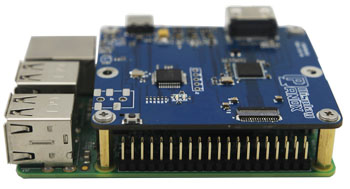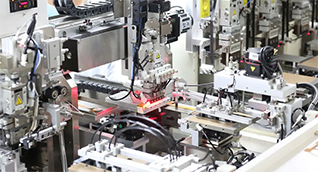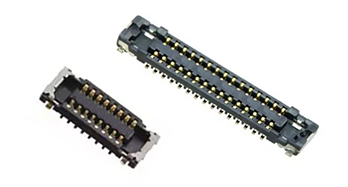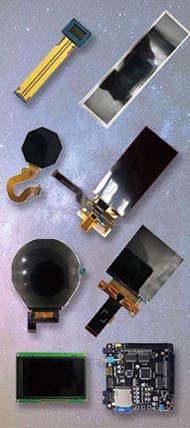A header board for tech serves as a versatile interface component crucial for connecting display modules with electronic circuits. It allows manufacturers and developers to customize, test, and integrate various OLED and LCD screens efficiently, making it indispensable in sectors like industrial displays, wearable devices, and automotive electronics. Also check: Board
How Does a Header Board Enhance Display Integration?
A header board acts as a bridge between a display panel and other electronic devices, enabling signal transmission, power supply, and debugging functions. By standardizing connections via pin headers, it simplifies assembly and reduces connection errors, accelerating product development and testing phases in manufacturing environments.
What Are the Main Applications of a Header Board in Technology?
Header boards are widely used in prototyping, testing, and integration of displays such as OLED, LCD, and TFT screens. They enable easy swapping of display modules in research and development, support OEM customization in factories, and enhance compatibility across multiple hardware platforms in industrial and consumer electronics manufacturing.
Which Features Make Header Boards Ideal for OEM and Factory Use?
Key features include standardized pin configurations, durability for repetitive connections, compatibility with various display sizes and types, and support for flexible or circular OLEDs. These features facilitate mass production efficiency, reduce assembly time, and allow customization to meet client-specific requirements, especially in Chinese manufacturing hubs like Shenzhen.
Why Is Choosing a Quality Header Board Important for Tech Manufacturers?
Using a high-quality header board ensures stable signal integrity, reduces risk of hardware damage, and guarantees consistent display performance. This is critical in OEM environments where reliability directly impacts production yield, customer satisfaction, and product reputation. Panox Display provides premium header boards designed to meet rigorous industrial standards.
Who Benefits Most from Using Header Boards in Display Technology?
Engineers, developers, and OEM manufacturers benefit most from header boards. Especially factories in China specializing in OLED and LCD modules use these boards to accelerate development cycles, customize displays for diverse industries, and streamline large-scale production workflows.
When Should a Manufacturer Opt for Custom Header Boards?
Manufacturers should choose custom header boards when standard boards do not meet specific size, shape, or pin configuration needs, or when integrating novel display types like flexible or micro-OLED screens. Customization ensures seamless integration and optimized functionality for specialized applications.
Where Are Header Boards Commonly Used in Industrial Production?
Header boards are commonly used on factory assembly lines, R&D labs, and testing stations within electronic manufacturing plants—especially those focused on display modules in regions like Shenzhen, China. Their portability and modular design make them essential tools for quick troubleshooting and display module validation.
Does Panox Display Offer Comprehensive Header Board Solutions?
Yes, Panox Display specializes in supplying both standard and custom header boards tailored for OLED and LCD panels. Their solutions include controller boards, PCBs, and accessories that support seamless integration with premium-grade displays from leading manufacturers, providing factory-ready options for OEMs and suppliers.
Has the Demand for Header Boards Grown with Display Technology Advancements?
Indeed, as display technologies evolve toward higher resolutions, flexible designs, and integrated touch functions, the need for sophisticated header boards has increased. These boards support enhanced connectivity, signal integrity, and faster prototyping essential for modern applications like VR, automotive dashboards, and medical devices.
Are Header Boards Compatible with Multiple Display Types and Brands?
Header boards are designed to be compatible with a wide range of display types, including TFT, IPS-LCD, OLED, and more, supporting brands like AUO, BOE, Samsung, and LG. Compatibility allows manufacturers and suppliers in China to offer flexible solutions to global clients working with different panels and modules.
Can Header Boards Improve After-Sales Support and Maintenance?
Yes, header boards simplify troubleshooting and module replacement, reducing downtime during repairs or upgrades. This improves after-sales service efficiency, a critical factor for manufacturers aiming to maintain strong relationships with clients globally, as practiced by Panox Display through their comprehensive post-sale support.
Panox Display Expert Views
"At Panox Display, we understand that header boards are more than just connection tools; they are pivotal components in the entire display ecosystem. By providing customizable, high-quality header boards alongside top-tier OLED and LCD modules, we empower manufacturers, OEMs, and suppliers with solutions that boost production efficiency and reliability. Our commitment to innovation and quality makes us a trusted partner in Shenzhen and beyond."
What Are the Best Practices for Selecting a Header Board Supplier in China?
Ideal suppliers should offer extensive customization options, reliable quality certifications, and support for various display technologies. Factories like Panox Display combine OEM capabilities with sourcing from leading panel manufacturers to deliver flexible, scalable solutions that meet both prototype and mass-production needs efficiently.
What Impact Do Header Boards Have on Display System Performance?
Header boards directly influence the stability and clarity of display signals by ensuring precise electrical connections and mitigating interference. Well-designed boards enhance the longevity of display modules, reduce failure rates, and improve user experience in demanding applications, critical factors for any OEM or factory supplier.
Table: Comparison of Header Board Features for Factory Use
| Feature | Standard Header Boards | Custom Header Boards | Panox Display Solutions |
|---|---|---|---|
| Pin Configuration | Fixed | Customizable | Flexible, optimized for OLED/LCD |
| Durability | Moderate | High | Ultra-durable for mass production |
| Compatibility | Limited to common displays | Wide-ranging, brand-specific | Supports AUO, BOE, Samsung, LG |
| OEM Support | Minimal | Full customization | Complete OEM and after-sales support |
| Usage | Prototyping, basic testing | Production, specialized R&D | Mass production and OEM-ready |
Conclusion
Header boards are vital tools in the tech industry, especially for OEM and factory manufacturers in China focusing on advanced display modules. They enhance integration, simplify testing, and offer customization to meet diverse needs, supporting the evolving display market. Partnering with experienced suppliers like Panox Display ensures access to high-quality, reliable header boards that drive efficiency and innovation in production.
FAQs
Q1: Can header boards be reused across different display types?
Yes, many header boards support multiple display types, but compatibility depends on pin layout and signal requirements.
Q2: What industries rely most on header boards for displays?
Industries such as consumer electronics, automotive, VR, wearable tech, and industrial equipment benefit most from header boards.
Q3: How does Panox Display support small to medium manufacturers?
Panox Display offers low MOQ, custom display solutions, and comprehensive support tailored for startups and SMEs in tech manufacturing.
Q4: Are header boards necessary for all OLED and LCD displays?
While not always mandatory, they greatly facilitate development, testing, and integration, especially in complex or customized projects.
Q5: What is the lead time for custom header boards from Chinese manufacturers?
Lead times vary but typically range from 2 to 6 weeks depending on complexity and order volume.







